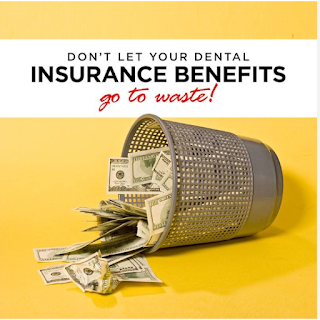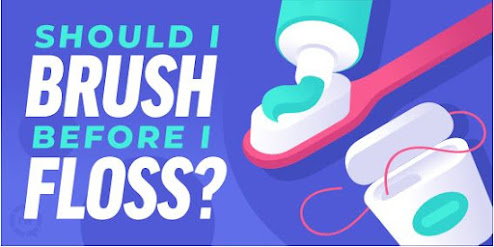
Use It or Lose It: Maximize Your Dental Insurance, HSA, and FSA Benefits Before Year-End As the calendar pages turn towards the end of the year, it's essential to remember that when it comes to dental insurance, Health Savings Accounts (HSAs), and Flexible Spending Accounts (FSAs), the phrase "use it or lose it" takes on significant meaning. Many dental insurance plans, as well as HSA and FSA accounts, often operate on a calendar year basis, which means that any unused benefits or contributions at the end of the year typically do not roll over into the next. In this article, we'll explore the concept of "use it or lose it" when it comes to dental insurance, HSA, and FSA accounts and provide guidance on how to maximize your benefits and contributions before they expire. The Essence of "Use It or Lose It" for Dental Insurance "Dental insurance" might sound like an endless resource to keep your oral health in check, but it's important to


